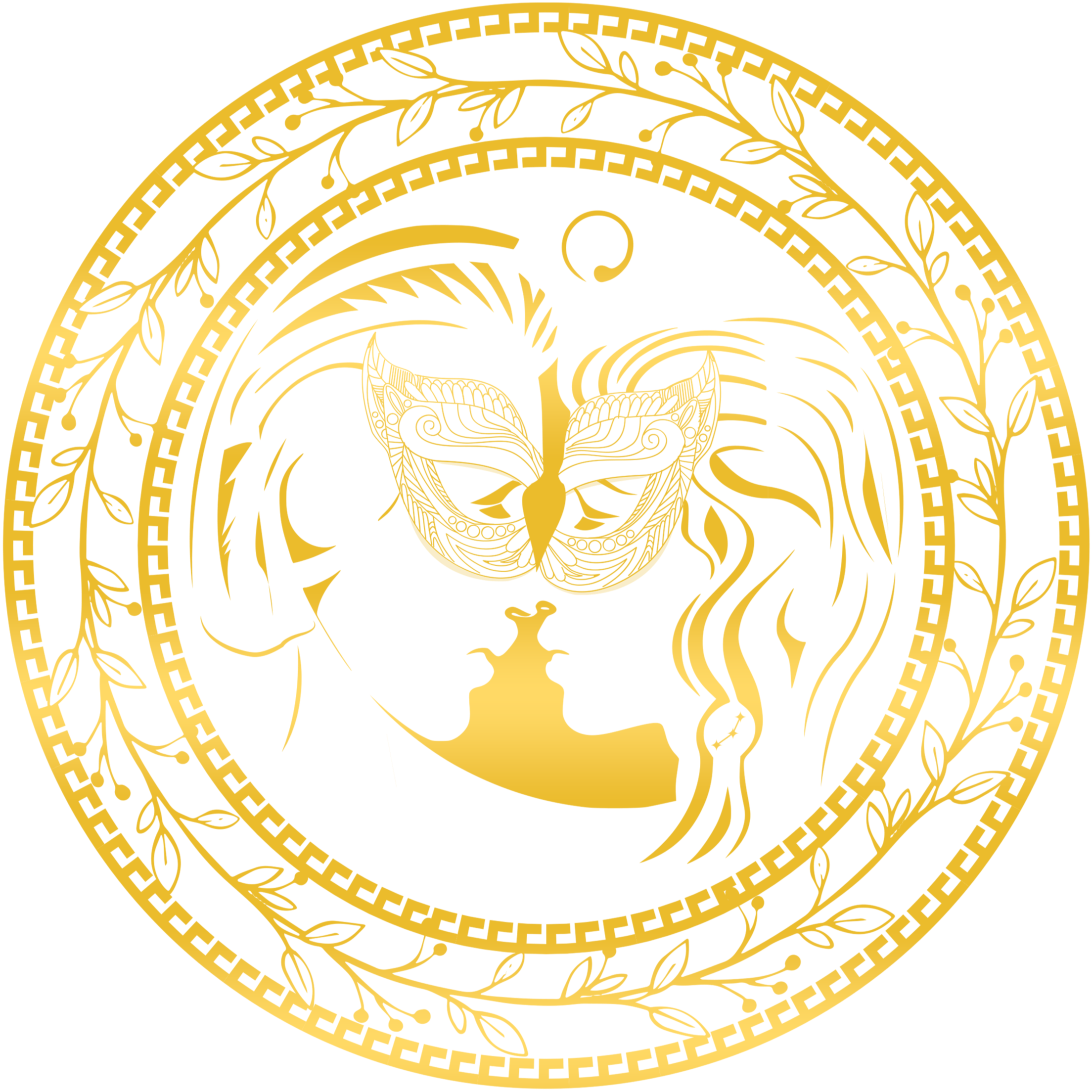
The History and Significance of Ivory Skin Color
Share
Throughout the annals of history, ivory skin color, often described as fair or porcelain skin, has been celebrated and coveted in various cultures. This particular shade of complexion, marked by its pale, almost translucent appearance, has held different meanings and connotations across time and geography. In this article, we'll explore the origins of the fascination with ivory skin and its implications in contemporary society.
Cultural Perspectives on Fair Complexion
In many Eastern cultures, a fair complexion was and still is associated with nobility and refinement. In ancient China and Japan, women used powders made from rice to achieve a porcelain-like appearance, symbolizing wealth and status as it indicated one did not have to work outdoors. Similarly, in Europe during the Renaissance, ivory skin was a sign of social prestige and a beauty ideal that many aspired to, using makeup and other means to maintain a pale visage.
The Victorian Era Influence
by Carolina Heza (https://unsplash.com/@carolinahdzz)
The Victorian era saw an intensified obsession with fair skin, as it was considered a marker of purity and innocence. Women went to great lengths to protect their skin from the sun, using parasols and bonnets as shields. The fashion of the time, with its high-neck dresses and long sleeves, also reflected this preoccupation with maintaining a fair complexion.
Health and Fair Complexion
In addition to symbolizing social status, fair skin has also been historically linked with health and vitality. In some societies, a pale complexion was thought to indicate an absence of disease, whereas a tanned skin might suggest laboring outdoors, which was often associated with the lower classes. However, this perception has evolved, and in modern times a healthy tan is sometimes associated with an active, outdoor lifestyle.
The Modern Beauty Industry
Today, the beauty industry continues to perpetuate the allure of ivory skin color through its products and marketing. Skin whitening creams and treatments are popular in many parts of the world, signaling an ongoing desire for fair skin. However, there is also a growing movement that challenges these traditional beauty standards and promotes the idea that all skin colors are beautiful.
Societal Implications
The valorization of ivory skin color is not without its societal implications. It has contributed to colorism, a form of discrimination where individuals with lighter skin are favored over those with darker skin tones. This has significant consequences, affecting individuals' opportunities and self-esteem.
In conclusion, the history and significance of ivory skin color is a complex tapestry woven from cultural, societal, and historical threads. While it has been seen as a symbol of beauty and status, it's important to recognize and challenge the biases that continue to influence perceptions of skin color. Embracing diversity and promoting inclusivity are essential in moving towards a society where all complexions are equally celebrated.
by Aiony Haust (https://unsplash.com/@aiony)


